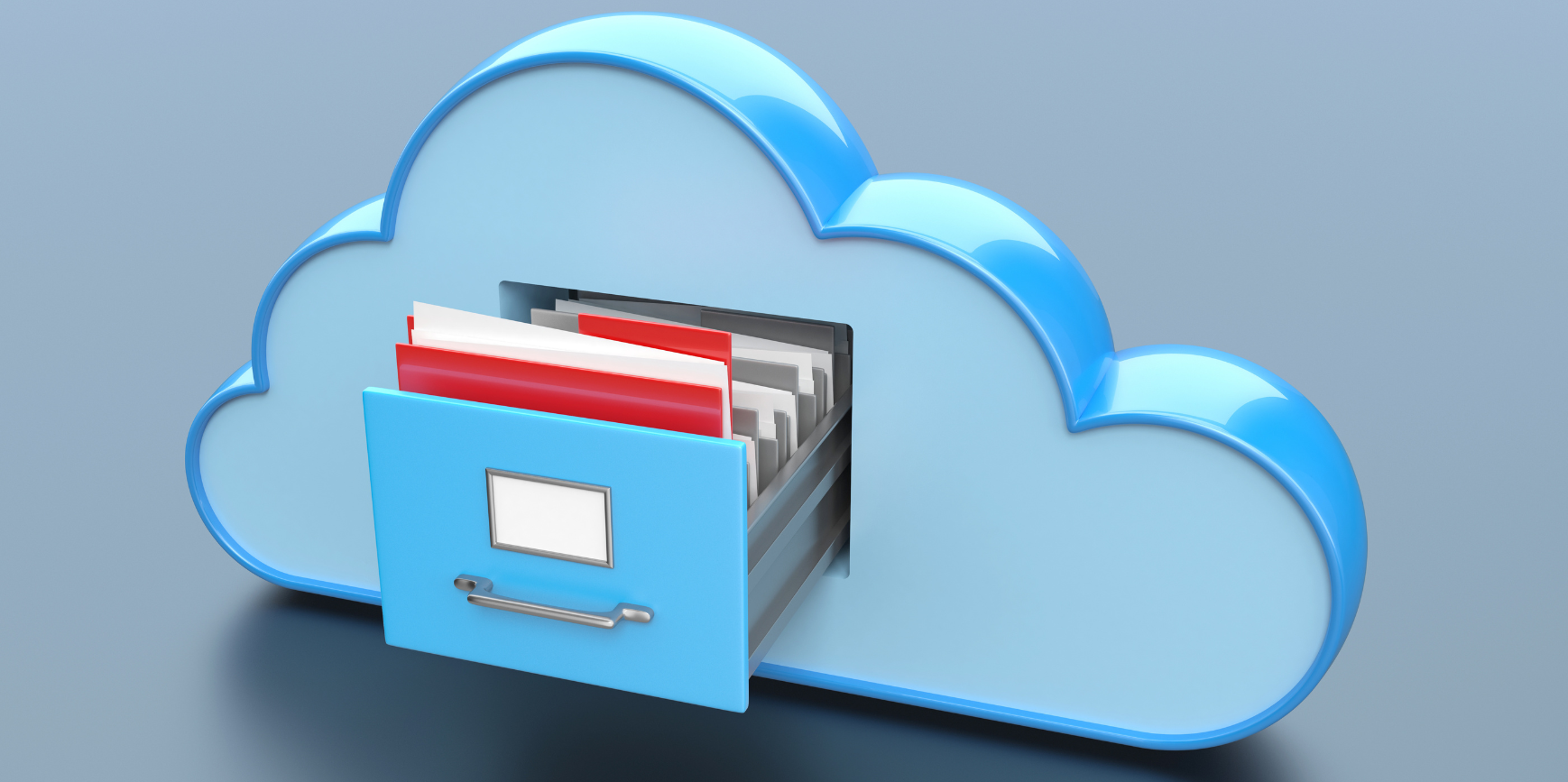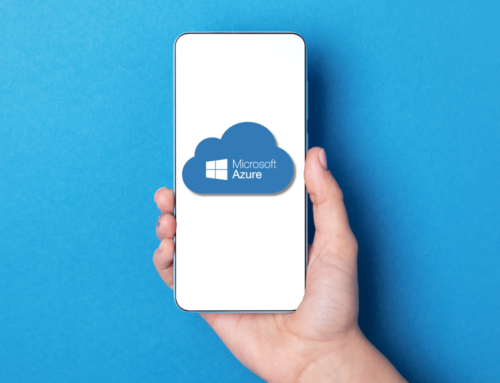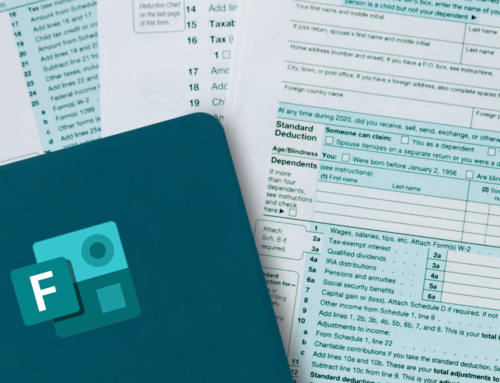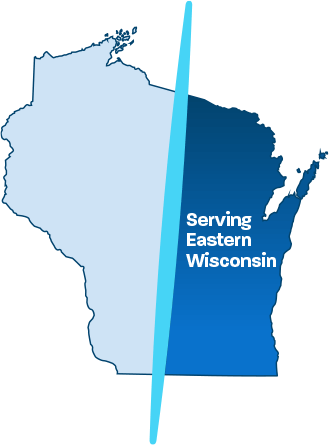Data Backup and Disaster Recovery
1. How Much Does Data Backup and Recovery Cost?
One of the most frequently asked questions we receive about data backup and disaster recovery is cost. As you might expect, the cost of implementing a disaster recovery system can vary greatly, based on a number of factors. A better question to ask is “what should we budget for business continuity planning?” When making this decision, consider the following questions:
- What type of backup do you need and how much storage is required?
- How many users and devices do you need to maintain, back up and support?
- How quickly do you need to recover the data?
- How much does downtime really cost your business?
The last question is an important one because it gives you a baseline number you can use to determine what your investment should be in a disaster recovery plan. A survey by CA Technologies revealed that on average, small businesses lost more than $55,000 in revenue/year as a result of network downtime. Midsize companies lost more than $91,000 and large companies experienced a loss of more than $1,000,000 in revenue due to IT failures.
Think These Numbers Sound Shocking? Think Again
While these numbers may sound high, consider where the loss of revenue is coming from:
- How much are you paying idle employees during a network outage?
- Will employees need to be paid overtime to make up for lost productivity?
- How much revenue could have been generated during the period of downtime?
- Did the company experience a loss of customer goodwill that affected consumer confidence and ultimately, your ongoing revenue stream?
- Did the company need to plan and execute campaigns to explain and apologize for the outage?
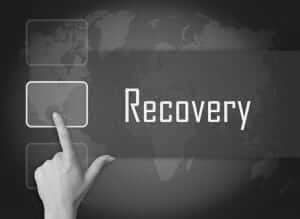 Actual costs vary depending on the size of the data you need to back up and the number of virtual machines your company needs to replicate.
Actual costs vary depending on the size of the data you need to back up and the number of virtual machines your company needs to replicate.
Costs might range from $50-$300 per month per server, but they will vary depending on the MTD (maximum tolerable downtime) and the RTO (recovery time objective). These variables need to be defined while developing a successful business continuity plan.
If your business can tolerate a couple hours of downtime, in many cases, you can set up a data recovery plan for less than $1,000. Higher costs are driven from how quickly you need the data to be recovered. Ultimately, no matter what your investment in a disaster recovery plan, it’s going to be a lot cheaper than the cost to recover AFTER a disaster.
2. Where is the Data Going?
This depends on the type of backup you are considering.
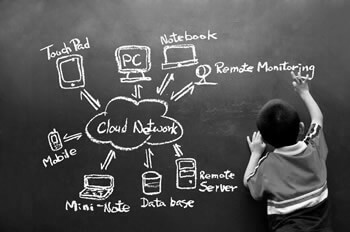 Local storage: With local storage, data is stored locally onsite at the business. Some examples of this would include backup to disk, tape or network attached storage.
Local storage: With local storage, data is stored locally onsite at the business. Some examples of this would include backup to disk, tape or network attached storage.
Software like Barracuda, Symantec, Carbonite and Windows Backup can assist in restoring data quickly at the local level. The drawback of local backup however, is in the event of an onsite disaster (building or hardware damage) your backup would be jeopardized, so it’s important to have a secondary backup system in place.
Cloud Backup: With cloud based backup, data is taken from the local backup or imaging software and sent to an offsite data center that meets industry compliance standards in terms of both security and privacy. If you don’t want a local backup, data can be sent directly to the cloud. (A reliable internet connection is recommended for cloud backup.)
Offsite storage (data center or house): When servers are virtualized or NAS (Network Attached Storage) devices are in place, replication software is used to replicate servers, data and files to other devices that may be onsite, at an offsite location like a data center or house. With replication, data can be restored in a matter of minutes, based on the replication schedule.
3. Will Data Backup Affect my Internet Performance?
Online backup uses advanced technology that minimizes the impact on your PC and internet performance. This ensures you can continue to work effectively while the backup is running. Most backups are scheduled late at night to further minimize the effect on your day-to-day internet and PC use. In addition, bandwidth can be throttled during business hours to minimize the impact of a large backup on your end users.
4. What Are the Differences Between My Current Backup and a “DR” Plan?
First, it’s important to recognize data backup is not the same as a disaster recovery plan. Disaster recovery (often referred to as DR), is the process, policies and procedures related to preparing for recovery or continuation of the technology infrastructure which are vital to an organization after a disaster. Data backup, on the other hand, is simply the type of backup you have in place.
Essentially, the difference between your current backup and a disaster recovery plan is you have not yet taken the time to put a plan into place that defines the process of resuming business operations after a disruptive event.
Business continuity planning takes disaster recovery one-step further. This term is one that business owners and executives often use interchangeably with disaster recovery, but they actually have different meanings.
We’ve defined 5 simple steps to develop a successful business continuity plan to get you started down the right path.
5. What are the Benefits of Disaster Recovery and Why is it Better than my Current Backup?
The answer to this question is two-fold. First, a quick overview of several important disaster recovery benefits:
- Allows for simplified decision making when an event occurs
- Enables the company to be compliant with corporate, industry or governmental legislation
- Creates awareness of ways to improve the company that would otherwise be overlooked
- Protects the organization’s image, brand and reputation
- Prevents destruction of data and loss in the event of a disaster
- Manages costs through avoidance of expenses incurred from network downtime
Now for the second question – why is disaster recovery better than your current backup? We now live in a world where we are heavily reliant on data. Surprisingly, many businesses still assume tape backup is an adequate form of protecting their data and files, when in reality; this could not be further from the truth.
Did you know tape backups have a 100% failure rate? It’s true. Between viruses, mishandling and heat, it is not a matter of if, but WHEN will your backup fail if you are solely relying on this type of backup.
The question then remains; what type of backup does your company have in place?
Ontech Systems can work closely with you to help determine the best disaster recovery plan based on your data backup procedures, offsite needs, critical network devices, applications and of course your budget.
We can serve as your dedicated IT company or work in tandem with your in-house IT staff.
We offer a variety of data backup and recovery solutions, whether you need added protection through encrypted backups, fail-safe measures in the event an employee deletes an important file or any other industry specific requirement.
Cloud Backup Guides and Solutions
